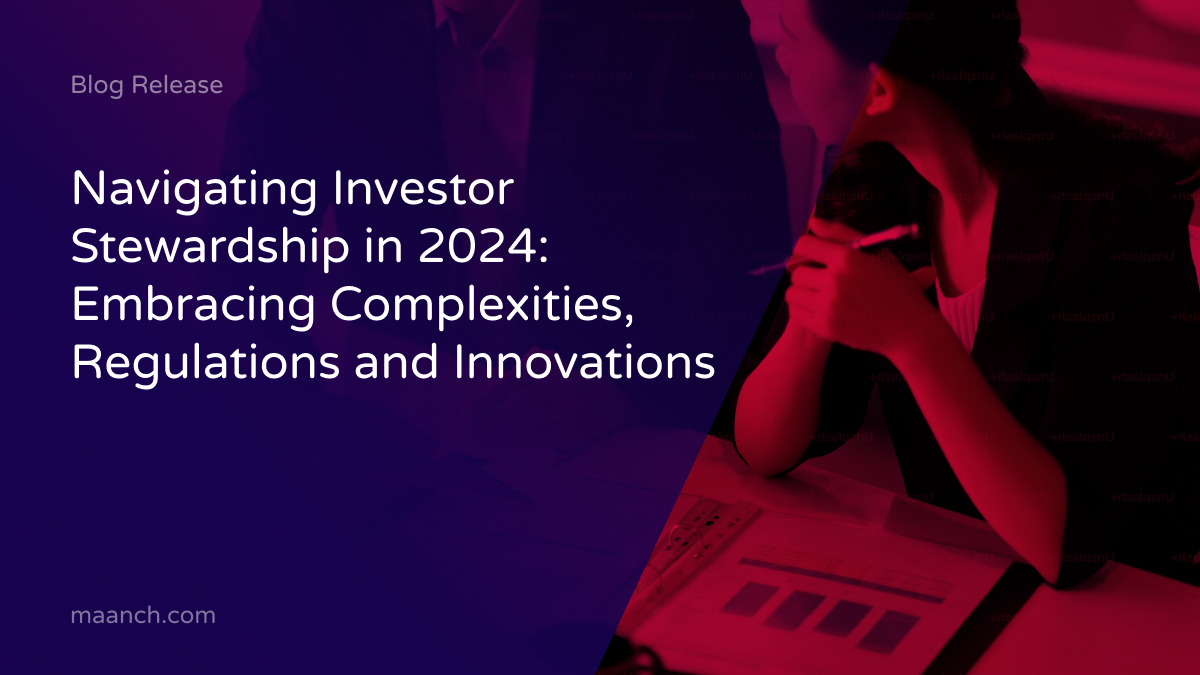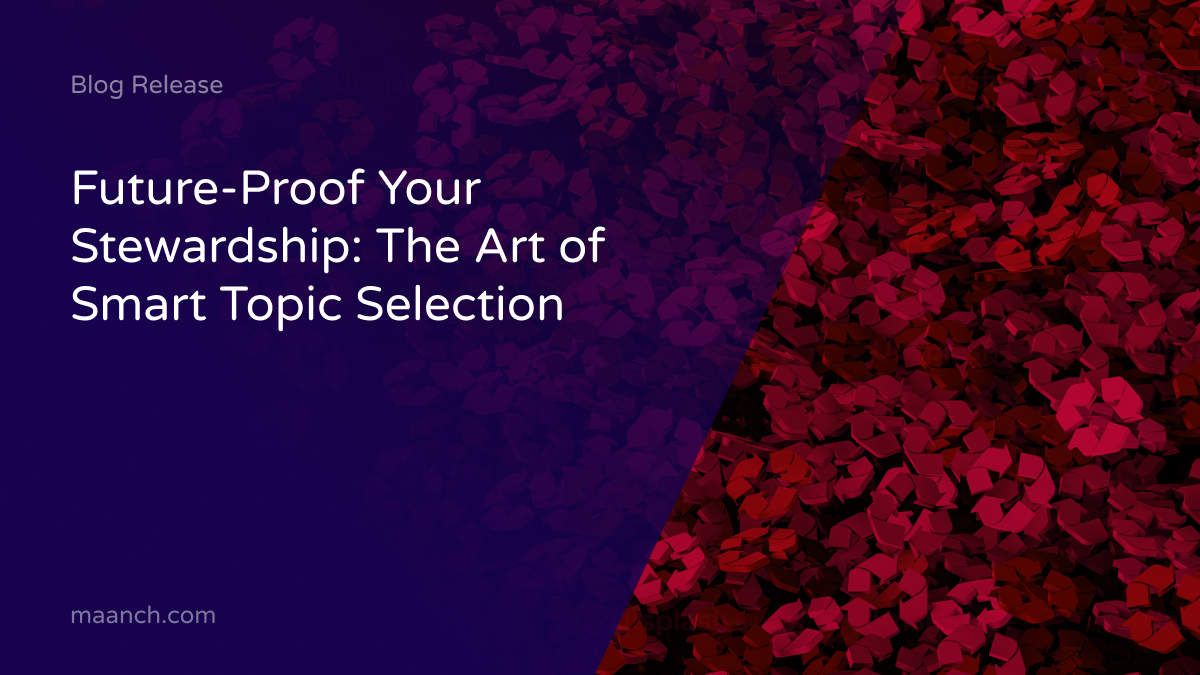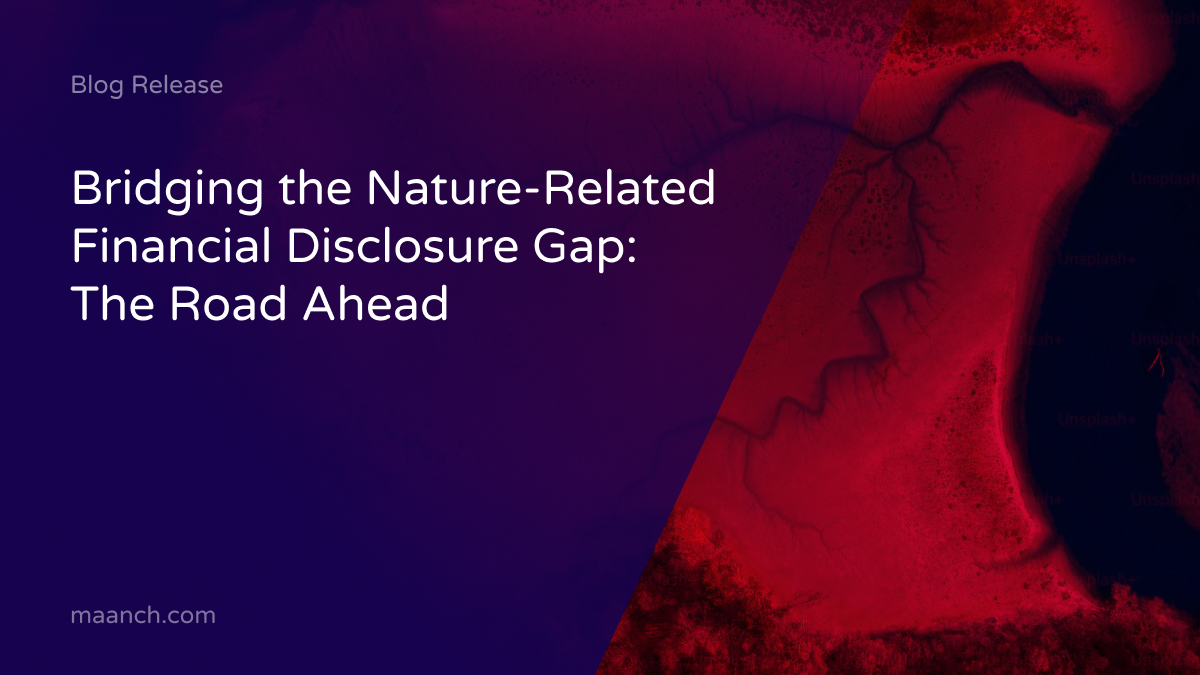In the current climate where organisations struggle to secure funding to fulfil their missions, we look at the benefits of breaking down broad and complex activities into clear and tangible projects. At Maanch, we promote project-based fundraising for Receivers (charities, NGOs, and social enterprises), and here’s why.
Tangibility and generosity
Numerous studies and research have proven that tangibility positively correlates with generosity. The well known collaboration between UNICEF and Pampers to eliminate newborn tetanus, where the “1 Pack = 1 Vaccine” campaign far outperformed the “1 Pack Will Help Eradicate Newborn Tetanus Globally” campaign, is a good example of this. The tangibility of the first campaign is much stronger, and it was far more successful than the latter, helping Pampers and UNICEF to eliminate Maternal and Newborn Tetanus in 20 countries and protect over half a million newborn babies from the disease to date. The tangibility for the Funder of the 1 vaccine per pack increased the perception that the consumers involvement would make a tangible difference, increasing their satisfaction and leading to greater engagement with this fundraising campaign.
A ‘project’, much like a story, has a beginning, a middle and an end. It produces a tangible result, where Funders clearly understand the specific positive outcomes of the project and enhances their satisfaction from giving.
How can you make your project fundraising a more tangible experience for Funders?
So, tangibility is key – but this is the end result of the project. How can Receivers structure their project at the beginning with this in mind, and move towards this agile way of fundraising? And how can Receivers use a project-based formula to turn an intangible idea or undefined outcome into a clear set of actions for fundraising?
Having spent over a year researching, building and testing project structures on Maanch.com, we identified three core steps projects need to incorporate to resonate with Funders, which should be considered by Receivers when optimising their projects to drive donations:
- Project Information and Goals
Project goals should be directly tied to the outcome the project will accomplish, providing Funders with specific details on how funding will be used to make an impact. By detailing the actions you will take during the project and setting out the steps needed, it is clear that project has been clearly scoped, planned and costed. For example, a project raising funds to build a school in Pakistan would need to find and secure a site, get planning permission, line up contractors, hire and train staff, structure the curriculum, and create advocacy within the community before opening its doors to students.
- Financial Information
By clearly breaking down the project budget, and placing a deadline on when you need funding by, you create an urgency which captures the attention of Funders, compelling them to give sooner rather than later, or risk missing out. The closer you are to your fundraising goal, the more likely people are to donate. As your project approaches the deadline, Funders are also encouraged to close the gap and get the satisfaction of knowing their donations have enabled you to achieve your target.
Managing fundraising on a project-basis also means Receivers can ensure their cost and resource allocation is as efficient as possible. Each penny allocated to the project is underpinned by a needs assessment, based on project goals and expected results. It also makes it easier to spot any waste or duplication of resources and effort, creating a more agile workforce and business model.
- Impact Indicators
There is an increasing demand on ROI for Receivers. By breaking organisational fundraising down to a project level, the tangible results and expected impact of the project are much easier to identify and subsequently report on. By transparently setting out the projected outcome(s) of the project, Funders can clearly understand the impact return they will get for their grant. In addition, you as a Receiver have a clear framework to track and report on as the project progresses. The connection between the funding and the success on the ground is also much clearer, and Funders are incentivised to fund more. This in turn leads to a wider sector focus on accurately tracking and tracing impact in a transparent way.
Our Maanch Metrics have been developed with this tangible projection and reporting access in mind, enabling autogenerated impact reports based on the UN Sustainable Development Goals raw data. Read more about these metrics and how Receivers can benefit from there here.
Achieving maximum impact
A high-impact project should have a well-defined outcome so Funders can understand exactly where their money is going and what it will be used to achieve. When Funders can correlate their giving with tangible results it increases the perception that their involvement will make a difference, they can understand upfront what the intended outcome is and Funder satisfaction is higher.
It is important to note however, that a project-based fundraising model is not intended to only show minimal organisational overheads or lead to cuts to infrastructure. The work that fundraisers, programme teams and marketing professionals do to support and execute charitable projects is critical, and should facilitate sustainability and scale. The key is to ensure that the resource the funding enables is being allocated in the most realistic and effective way to achieve maximum impact for the organisation’s mission, purpose, and identified outcomes, and to re-allocate this in an agile way if any waste is discovered.
Capturing the attention of Funders in a saturated and competitive market is critical to successful and sustainable fundraising. By using a project-based framework for fundraising, Receivers can create specific, actionable goals, urgent giving deadlines and tangible outcomes which will increase giving levels and enhance donor satisfaction.




